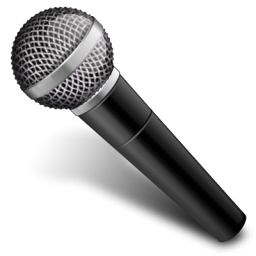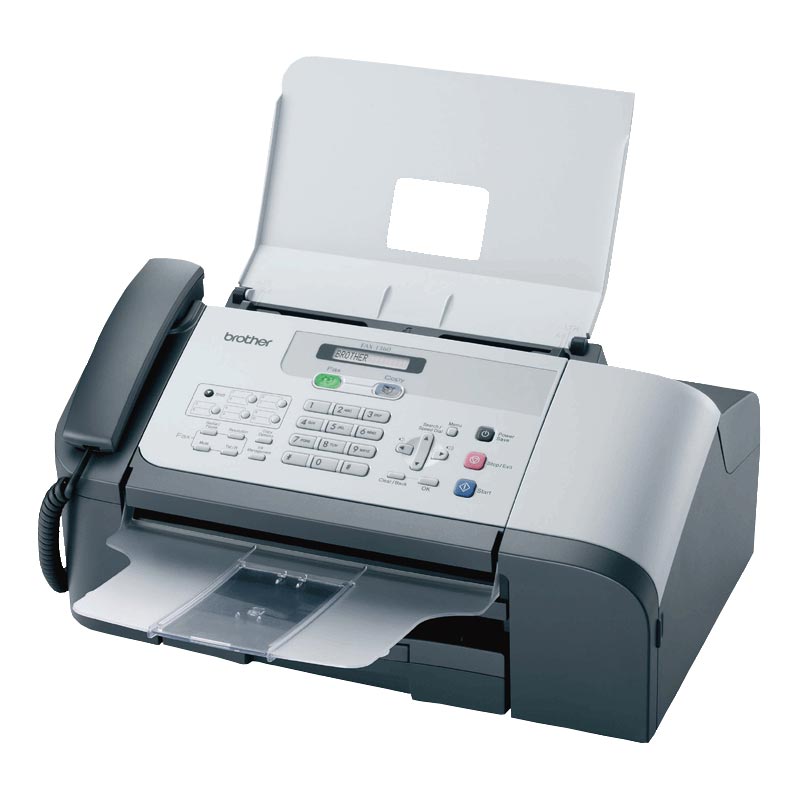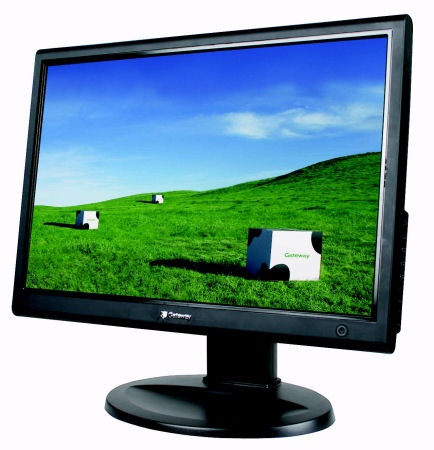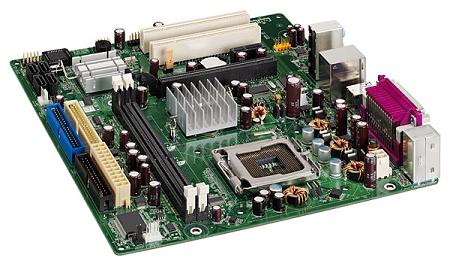HARDWARE .....
View more presentations from rozanadiana.
INPUT DEVICES
Input is any data or instruction that you enter into the memory of a computer.
There are four types of input: which are text, graphic, audio & video.
INPUT DEVICES
Input devices are any electronic device connected to a computer and produces input signals.a) INPUT DEVICES FOR TEXTS
BARCODE SCANNER
An optical reader is a device that uses a light source to read characters, marks and codes and then converts them into digital data that a computer can process.
KEYBOARD
b) INPUT DEVICES FOR GRAPHICS
SCANNER
captures images from photographic prints, posters, magazine pages and similar sources for computer editing and display.
DIGITAL CAMERA
allows you to take pictures and store the photographed images digitally.
c) INPUT DEVICES FOR AUDIO
MICROPHONE
Audio input is the speech, music and sound effects entered into the computer. This can be done using input devices such as a microphone and digital musical instruments like the Musical Instrument Digital Interface (MIDI) keyboard.d) INPUT DEVICES FOR VIDEO
Video input is input of motion images captured into the computer by special input devices.
CCTV
A Closed-Circuit Television (CCTV) video camera is a type of digital video camera that enables a home or small business user to capture video and still images.
WEBCAM
A webcam is any video camera that displays its output on a web page.
VIDEO CAMERA
A digital video camera allows you to record full motion and store the captured motion digitally.
e) POINTING DEVICES
TRACK BALL
GRAPHIC TABLET
TOUCH SCREEN
MOUSE
OUTPUT DEVICES
An output device is hardware that is capable of delivering or showing information to one or more users. An output device shows, prints and presents the results of a computer’s work.
TYPES OF OUTPUT DEVICES
A display device is an output device that visually conveys texts, graphics
and video information. A printer is an output device that prints text and graphics on a physical medium such as paper or transparency film.An audio output device produces music, speech, or other sounds.
FACSIMILE MACHINE
MONITOR
A monitor is an example of an output device that can be used to display text. It can also display graphics and video. It is similar to a television set that accepts video signals from a computer and displays information on its screen.
PRINTER / PHOTO PRINTER
A printer is another example of an output device that can be used to print text, apart from graphics, on mediums such as paper, transparency film or even cloths.
A photo printer is a colour printer that produces photo-lab-quality pictures.
An image setter is a high resolution output device that can transfer electronic text and graphics directly to film, plates, or photo-sensitive paper.
SPEAKER
A pair of speakers is an audio output device that generates sound. A woofer or subwoofer is used to boost the low bass sound and is connected to the port on the sound card.LCD PROJECTOR
A Liquid Crystal Display (LCD) projector uses its own light source to project what is displayed on the computer on a wall or projection screen. A digital light processing (DLP) projector uses tiny mirrors to reflect light which can be seen clearly in a well-lit room.
MOTHERBOARD
This is a motherboard and its components. Motherboard is the main circuit board of the system unit, which has some electronic components attached to it and others built into it.
This is the location of the Central Processing Unit (CPU).
This is where the expansion slots are located.
These are the Peripheral Component Interconnect (PCI)
expansion slots.Peripheral Component Interconnect. A personal computer local bus which runs at 33 MHz and supports Plug and Play. It provides a high-speed connection with peripherals and allows connection of seven peripheral devices
In addition, the Industry Standard Architecture (ISA) expansion slots are also the components of the motherboard.Industry Standard Architecture. A PC expansion bus used for modems, video displays, speakers, and other peripherals.PCs with ISA commonly have some 8-bit and some 16-bit expansion slots.
STORAGE
WHAT IS COMPUTER STORAGE ?
Information and documents are stored in computer storage so that it can be retrieved whenever they are needed later on.
TYPES OF COMPUTER STORAGE
Primary storage is known as the main memory of a computer, including RAM (Random-Access Memory)
and ROM (Read-Only Memory). It is an internal memory (inside the CPU) that can be accessed directly
by the processor.
Secondary storage is the alternative storage in a
computer. It is an external storage that refers to various ways a computer can store program and data.
PRIMARY STORAGE
Primary storage is the main memory in a computer. It stores data and programs that can be accessed directly by the processor.
TYPES OF PRIMARY STORAGE
There are two types of primary storage which are RAM and ROM.
RAM is an acronym for Random-Access Memory which means the data and program in RAM can be read and written.
ROM is an acronym for Read-Only Memory. The data or program in ROM can just be read but cannot be written at all.
RANDOM-ACCESS MEMORY (RAM)
RAM is installed inside computers. RAM is also known as a working memory.
The data in RAM can be read (retrieved) or written (stored).
RAM is volatile which means the programs and data in RAM are lost when the computer is powered off.
A computer uses RAM to hold temporary instructions and data needed to complete tasks. This enables the computer's CPU (Central Processing Unit) to access instructions and data stored in the memory very quickly.
RAM stores data during and after processing.
READ-ONLY MEMORY (ROM)
ROM is another type of memory permanently stored inside the computer.
ROM is non-volatile. It holds the programs and data when the computer is powered off.
Programs in ROM have been pre-recorded. It can only be stored by the manufacturer; once it is done, it cannot be changed.
Many complex functions, such as start up operating instructions, translators for high-level languages and operating systems are placed in ROM memory.
All the contents in ROM can be accessed and read but cannot be changed.
SECONDARY STORAGE
WHAT IS SECONDARY STORAGE?
Secondary storage is another alternative storage to keep your work and documents. It is very useful to store programs and data for future use.
It is non-volatile, which means that it does not need power to maintain the information stored in it. It will store the information until it is erased.
TYPES OF SECONDARY STORAGE
MAGNETIC MEDIUM
Magnetic Medium is a non-volatile storage medium. It can be any type of storage medium that utilizes magnetic patterns to represent information. The devices use disks that are coated with magnetically sensitive material. The examples of magnetic storage are:
magnetic disk such as:
o a floppy disk, used for off-line storage
o hard disk, used for secondary storage
magnetic tape; including video cassette, audio storage reel-to-reel tape and others.
OPTICAL MEDIUM
Optical Medium is a non-volatile storage media that holds content in digital form that are written and read by a laser. These media include various types of CDs and DVDs.
These following forms are often commonly used :
CD, CD-ROM, and DVD: Read only storage, used for distribution of digital information such as music, video and computer programs.
CD-R: Write once storage, the data cannot be erased or written over once it is saved.
CD-RW, DVD-RW, and DVD-RAM: Slow to write but fast reading storage; it allows data that have been saved to be erased and rewritten.
FLASH MEMORY
Flash Memory is a solid-state, non-volatile, rewritable memory that functions like RAM and a hard disk drive combined. Flash memory store bits of electronic data in memory cells just like DRAM (Dynamic RAM), but it also works like a hard disk drive that when the power is turned off, the data remains in the memory. Flash memory cards and flash memory sticks are examples of flash memory.
Flash memory cards are also used with digital cellular phones, MP3 players, digital video cameras and other portable digital devices.
Flash memory is also called USB drives, thumb drives, pen drives or flash drives
The advantages of flash memory are, it offers fast reading access times among the secondary storage devices, (though not as fast as RAM) it is durable and requires low voltage. It is also light and small. The disadvantage is, it is more expensive than the magnetic disk of the same capacity.






























